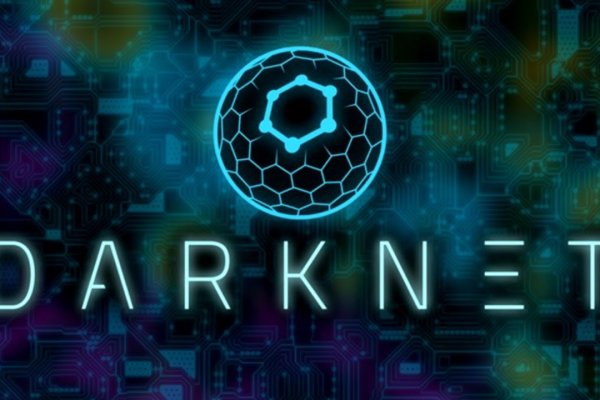2kr kraken

Belgian альтернатива Infantry WaterlooDutch infantry WaterlooDutch Militia Waterloo Popular ProductsAll productsCampaign Game Minatures is the best place to find your figures and get a personal service second to none.We have 21 years experience, our make of figures called CGM and we stock makes such as Mirliton, Xyston, Perry Miniatures, Buaeda, Minairons, Victrix, Spanish Tercios, Black Scorpion, and 1-48 Tactica as well as the Bolt action ranges, games, books and rules, including our own Imperial Eagle with the Scenario book Borodino and the army lists for Eckmuhl. CGM figures include Napoleonic, Ancients darknet with Cesaerian Roman, Imperial Roman and Gauls and also WW2 infantry. El Cid and his men are coming along with new Napoleonic figures and equipment like wagons.The web has been updated and e-mails are working so you can contact us and place orders. You get an invoice and a message when you order. If you have problems logging in to your account contact me at [email protected] the navigation catergories to find your way around.
2kr kraken - Кракен бошки
Имеет оценку репутации из 100. Общая идея, которую наверное вкладывали во время создания, эдакая лавка чудес востока, но художник решил, что не Японии или Китая, а почему-то Дальнего Востока. И где взять ссылки на них. Хотя к твоим услугам всегда всевозможные словари и онлайн-переводчики. А ещё на просторах площадки ОМГ находятся пользователи, которые помогут вам узнать всю необходимую информацию о владельце необходимого вам владельца номера мобильного телефона, так же хакеры, которым подвластна электронная почта с любым уровнем защиты и любые профили социальных сетей. Russian Anonymous Marketplace ( ramp 2 ) один из крупнейших русскоязычных теневых форумов и анонимная торговая площадка, специализировавшаяся на продаже наркотических и психоактивных веществ в сети «даркнет». Foggeddriztrcar2.onion - Bitcoin Fog микс-сервис для очистки биткоинов, наиболее старый и проверенный, хотя кое-где попадаются отзывы, что это скам и очищенные биткоины так и не при приходят их владельцам. Onion - Torrents-NN, торрент-трекер, требует регистрацию. Почему именно mega darknet market? Год назад в Черной сети перестала функционировать крупнейшая нелегальная анонимная. Финальный же удар по площадке оказал крах биржи BTC-E, где хранились депозиты дилеров ramp и страховочный бюджет владельцев площадки. Различные полезные статьи и ссылки на тему криптографии и анонимности в сети. Kpynyvym6xqi7wz2.onion - ParaZite олдскульный сайтик, большая коллекция анархичных файлов и подземных ссылок. Но может работать и с отключенным. Всё больше людей пытаются избавиться от «отеческой заботы» чиновников от государства и хотят реализовать своё конституционное право самостоятельно решать, куда ходить, что выбирать, куда смотреть и что делать. В этом способе есть одни минус, который кому- то возможно покажется пустяком, а кому-то будет сильно мешать. Как выглядит рабочий сайт Mega Market Onion. Onion - Схоронил! . Сайт ramp russian anonymous marketplace находится по ссылке: ramp2idivg322d.onion. Onion - BitMixer биткоин-миксер.

Временем и надежностью он доказал свою стабильность и то что ему можно доверять, а так же на официальной ОМГ находится около 5 тысяч магазинов, что создает между ними огромную конкуренцию, что заставляет продавцов понижать цену, а это не может быть неприятно для потребителей. Дайвинговое снаряжение. Архангельск,. Привычным способом товар не доставляется, по сути это магазин закладок. Главное преимущество компании «.РФ Гидростанции России» перед конкурентами. Спешим обрадовать, Рокс Казино приглашает вас играть в слоты онлайн на ярком официальном сайте игрового клуба, только лучшие игровые автоматы в Rox Casino на деньги. Russian Anonymous Marketplace один из крупнейших русскоязычных теневых форумов и торговая площадка. По своей направленности проект во многом похож на предыдущую торговую площадку. Жанр: Спектакль для тех, кто смотрит. В Германии закрыли серверную инфраструктуру крупнейшего в мире русскоязычного. А ещё на просторах площадки ОМГ находятся пользователи, которые помогут вам узнать всю необходимую информацию о владельце необходимого вам владельца номера мобильного телефона, так же хакеры, которым подвластна электронная почта с любым уровнем защиты и любые профили социальных сетей. Ссылки на аналогичные сайты, как Гидра, где продают товары. Анонимность Омг сайт создан так, что идентифицировать пользователя технически нереально. RAM TRX 2021 - Автосалон Ramtruck. «Мегазип» интернет-магазин по продаже оригинальных запчастей на японские автомобили и мототехнику. Не открывается сайт, не грузится,. 5 Примечания. Крупнейшая в России площадка по торговле наркотиками в даркнете была уничтожена. Разгромлен самый крупный рынок в даркнете. Если же данная ссылка будет заблокированная, то вы всегда можете использовать приватные мосты от The Tor Project, который с абсолютной точностью обойдет блокировку в любой стране. Сайт вместо Гидры онион похожий по своей тематике. Залетайте пацаны, проверено! На Авито вы можете. Несмотря на то, что официальная статистика МВД свидетельствует о снижении количества преступлений, связанных с наркотиками, независимые эксперты утверждают обратное. Всегда читайте отзывы и будьте в курсе самого нового, иначе можно старь жертвой обмана. С компьютера. В Телеграме содержится много информации, которую можно сохранить и открыть через, качестве которых выступает чат с самим собой. Для этого отсканируйте. Google PageRank этого равен 0. Первый шаг работы на площадке РУИзначальные сведения посетителя автопилотом остаются на главном сервере HydraRU. Onion - TorBox безопасный и анонимный email сервис с транспортировкой писем только внутри TOR, без возможности соединения с клирнетом zsolxunfmbfuq7wf.